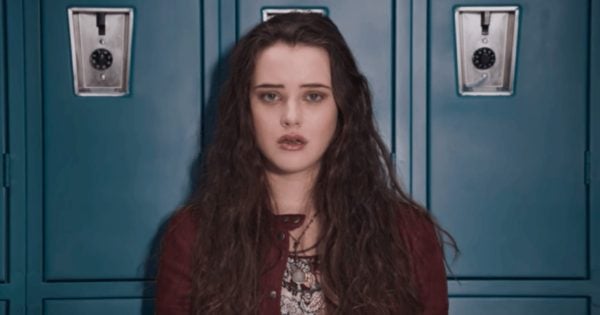Warning: This post discusses suicide and may be triggering for some readers.
It was trending. There were memes, headlines, it was queued up on the Netflix browser of teenagers around the world.
School kids talked about it at slumber parties and at recess, school uniforms brushing against locker doors, whispering – have you seen it?
The world was both terrified and captivated by the Netflix series 13 Reasons Why.
It was an unprecedented and fictional portrayal of suicide – based on a best-selling young adult novel of the same name – that told the story of Hannah Baker, who took her life for one reason: revenge.
Australian mental health organisations such as Headspace released an official warning against it. “We are encouraging parents not to let young people see this show,” Kristen Douglas, the National Manager of Headspace School Support, told Mamamia back in April.
Exposure to the methodology of suicide can plant itself deep into the darkest corners of the viewer’s mind. A piece of information that could prove fatal at a later, unrelated date.
13 Reasons Why broke all the rules and now, we are starting to understand the consequences.
Now, a new report published in JAMA International Medicine has shown how the 13-part series – particularly the finale, which graphically shows the suicide over a three-minute scene – led to an increase in Google searches for specific suicide methods.
Is the series Helpful or Dangerous? Post continues below.
The researchers analysed search information for the term ‘suicide’ following the series premiere on March 31, 2017. Importantly, the researchers also accounted for other terms such as “squad” – related to the Suicide Squad movie released at a similar time.





























































































